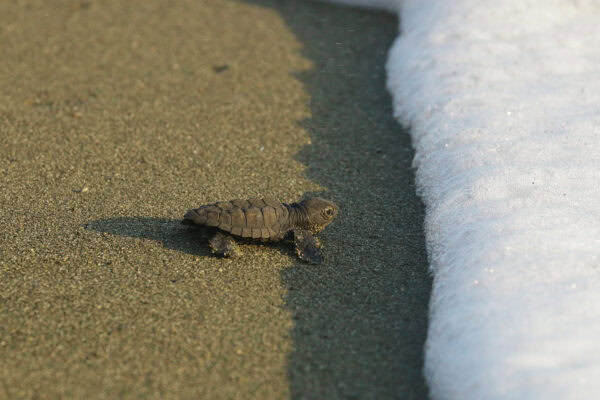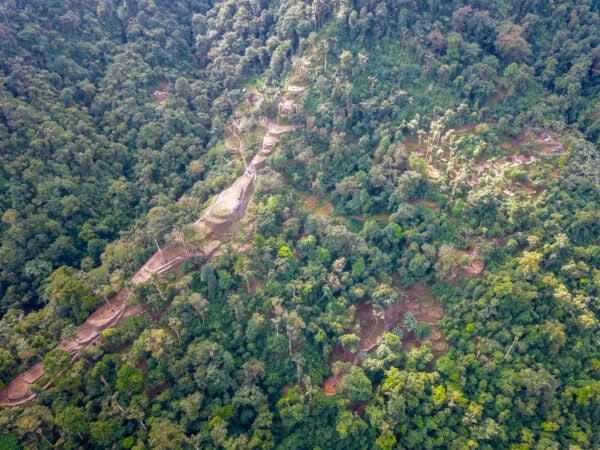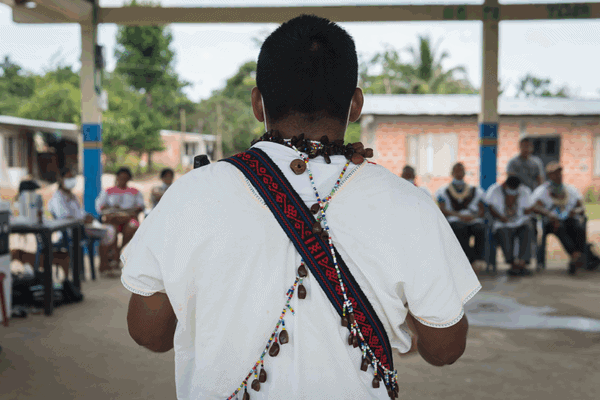In early 2019, a group of conservation-minded friends took on a challenge driven not only by scientific curiosity, but more importantly, by our shared desire to help conserve sea turtle species on the Osa Peninsula.
A Hotspot for Biological Diversity
The Osa Peninsula is globally recognized as a hotspot of biodiversity, home to an astonishing 2.5% of all species on Earth. To put that in perspective, the United States and Canada combined host barely 1%. This underscores the critical importance of conserving the region.
However, this figure mainly reflects species found on land—and doesn’t take into account marine life. Even so, the nearby Golfo Dulce has also been recognized for its rich marine biodiversity, serving as vital habitat for whales, dolphins, sea turtles, and many other marine species.
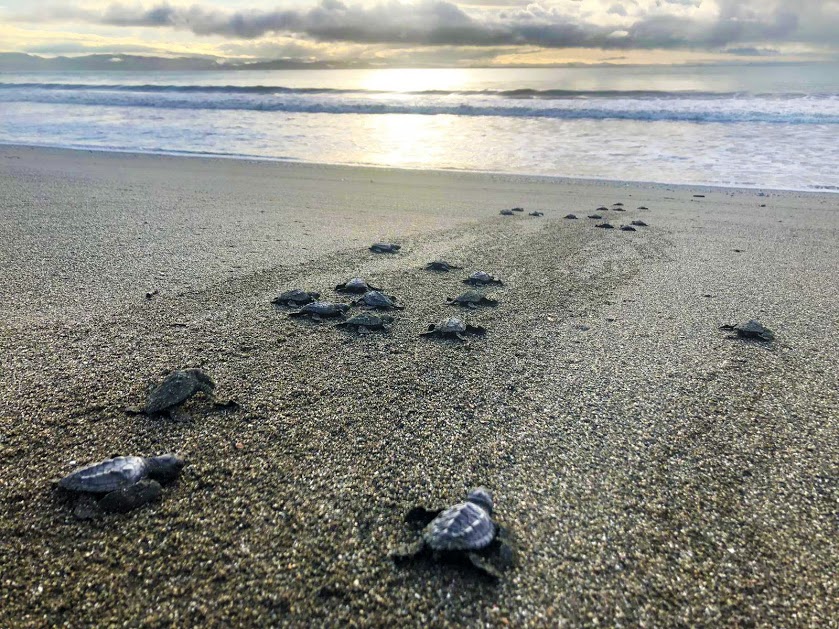
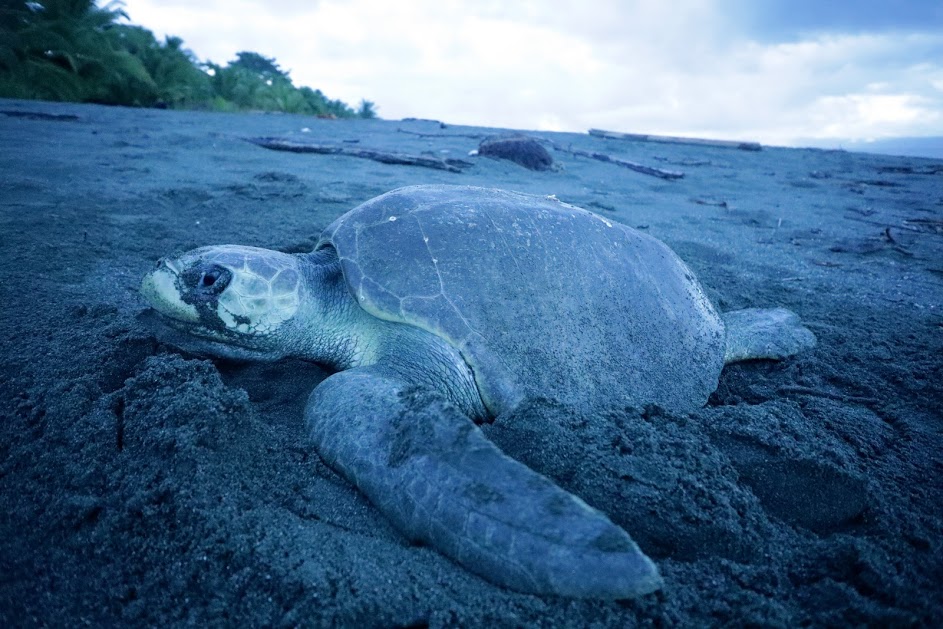
With this in mind, we set out to conduct a rapid assessment of Playa Preciosa—the beach closest to the Golfo Dulce that offered ideal conditions for sea turtle nesting.
What we discovered was surprising: despite its proximity to the town of Puerto Jiménez and its easy access, no research or protection efforts had been carried out for the turtles nesting there.
We found that a significant number of turtles were indeed nesting on Playa Preciosa, but most of their nests were being lost to predation and theft. The pressure on these turtle populations was deeply concerning.
Biological Monitoring
With support from the Amazon Conservation Team, we immediately launched a systematic biological monitoring effort to track how many sea turtles were nesting at Playa Preciosa and identify the species. Through day and night patrols, we counted, tagged, and protected each nest.
To safeguard eggs at risk of theft or predation, we established a sea turtle hatchery, where vulnerable nests could be safely relocated. There, the eggs could complete their incubation period in a protected environment. We also began recording the number of hatchlings by species, in full compliance with environmental regulations.
The project, Tortugas Preciosas de Osa, completed its second year of work in 2021. Since launching, and becoming part of the Amazon Conservation Team’s Ancestral Tides initiative, we’ve released more than 70,000 hatchlings from five sea turtle species, reduced nest theft and predation by 60%, and established a biological and ecological baseline for these endangered species in one of the world’s most biodiverse regions. Perhaps most significantly, we discovered that Playa Preciosa is one of the most important hawksbill turtle nesting sites in the Pacific region of Central America. Alongside Guanacaste, it forms one of the two main nesting aggregations for hawksbills on Costa Rica’s Pacific coast. This critically endangered species is listed by the International Union for Conservation of Nature (IUCN) as the most threatened sea turtle in the world.
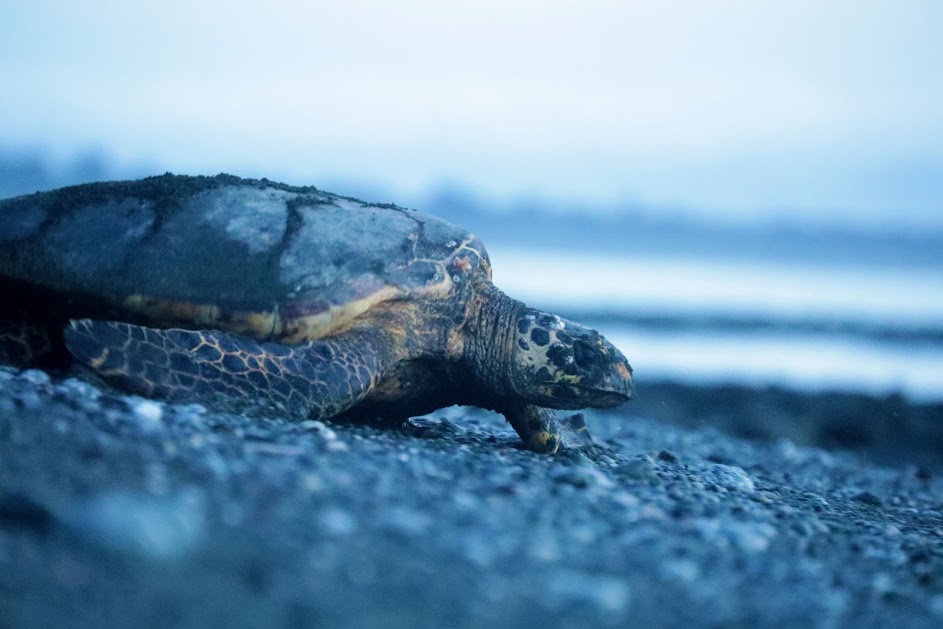
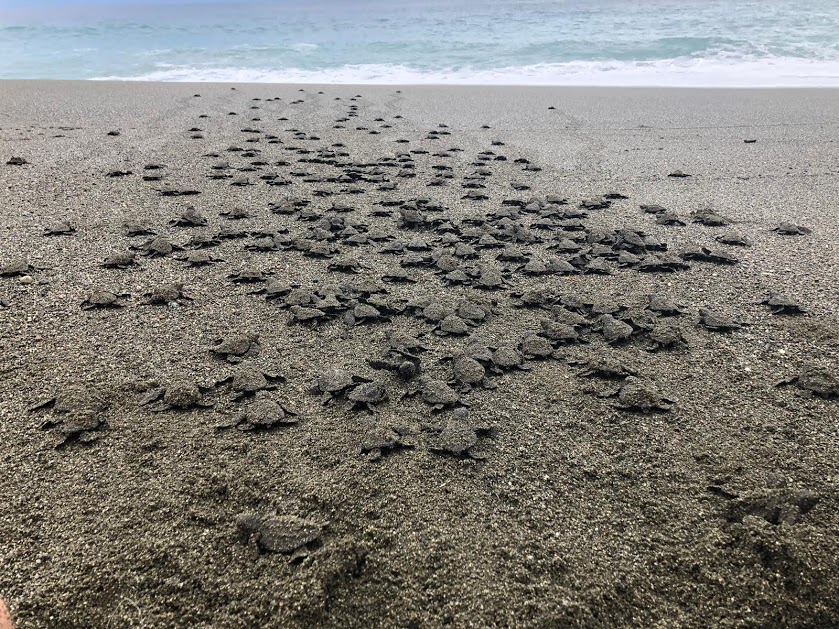
Civil Contributions to Sea Turtle Conservation
Thanks to the support of local, national, and international volunteer groups—and the site’s close proximity to surrounding communities—we’ve been able to combine our conservation efforts with those of civil society and passionate conservationists. At the same time, we’ve built strong ties with local communities through hands-on conservation activities and environmental education.
Tortugas Preciosas de Osa (now Ancestral Tides) has gradually become an outdoor classroom, where children and adults from around the world can learn about sea turtles, understand their vital role in our ecosystems, and actively contribute to their protection.
The Osa Peninsula is full of surprises, and it continues to reveal them. We don’t know what the future holds, but we are certain that as new discoveries come, we’ll be more aware of our impact, more united in purpose, and more committed to this mission—one that began with a small group, but now belongs to all of us.
Together, we can rise to meet the great challenge of protecting the natural processes that sustain our ecosystems—and, ultimately, our own survival.
“When the actions of man cause his own extinction, the planet will change, ecosystems will be balanced, populations will recover, even new species will be born, and balance will exist again, life will continue its course. The only difference is that humans will no longer be there. Conservation is for us; it is not for nature.”
Alvaro Ugalde Víquez
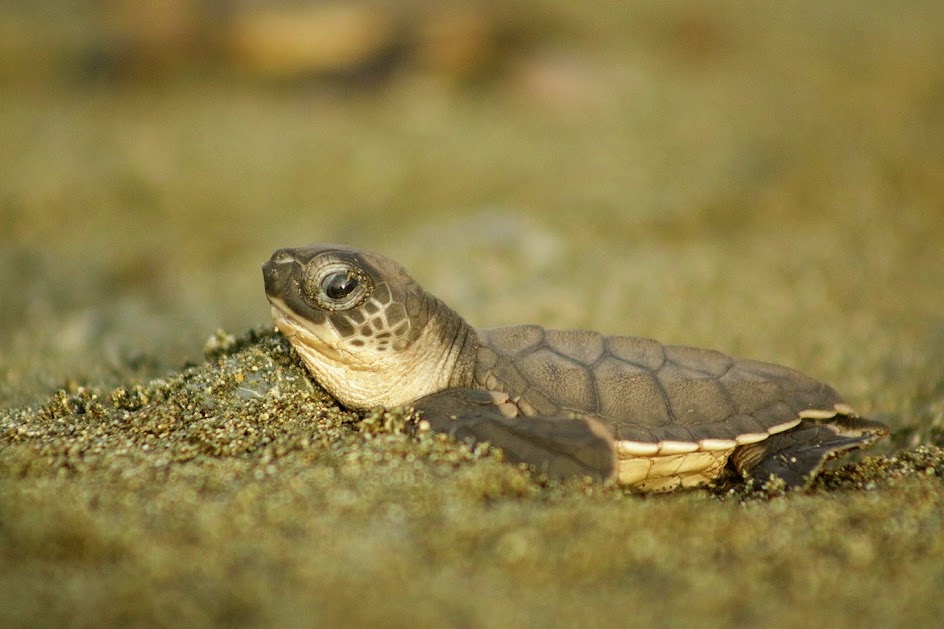
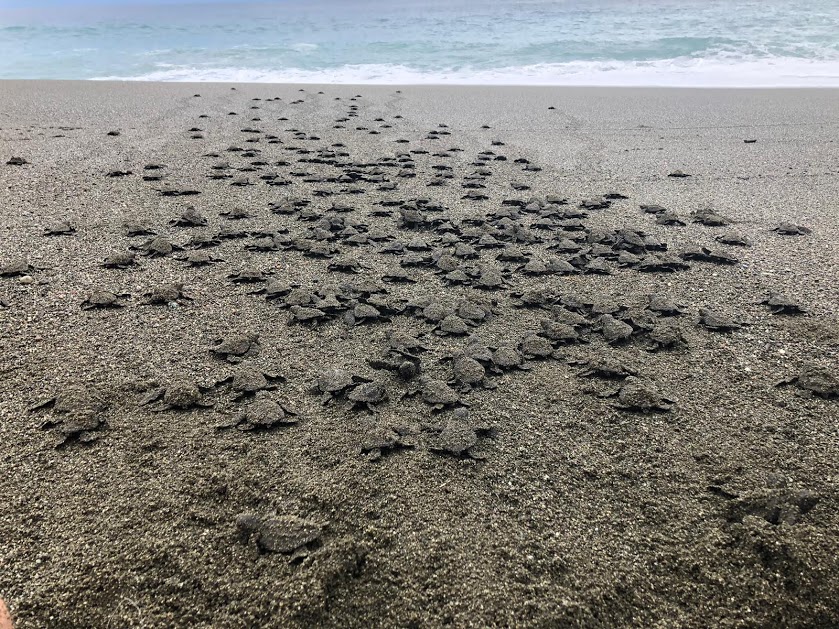
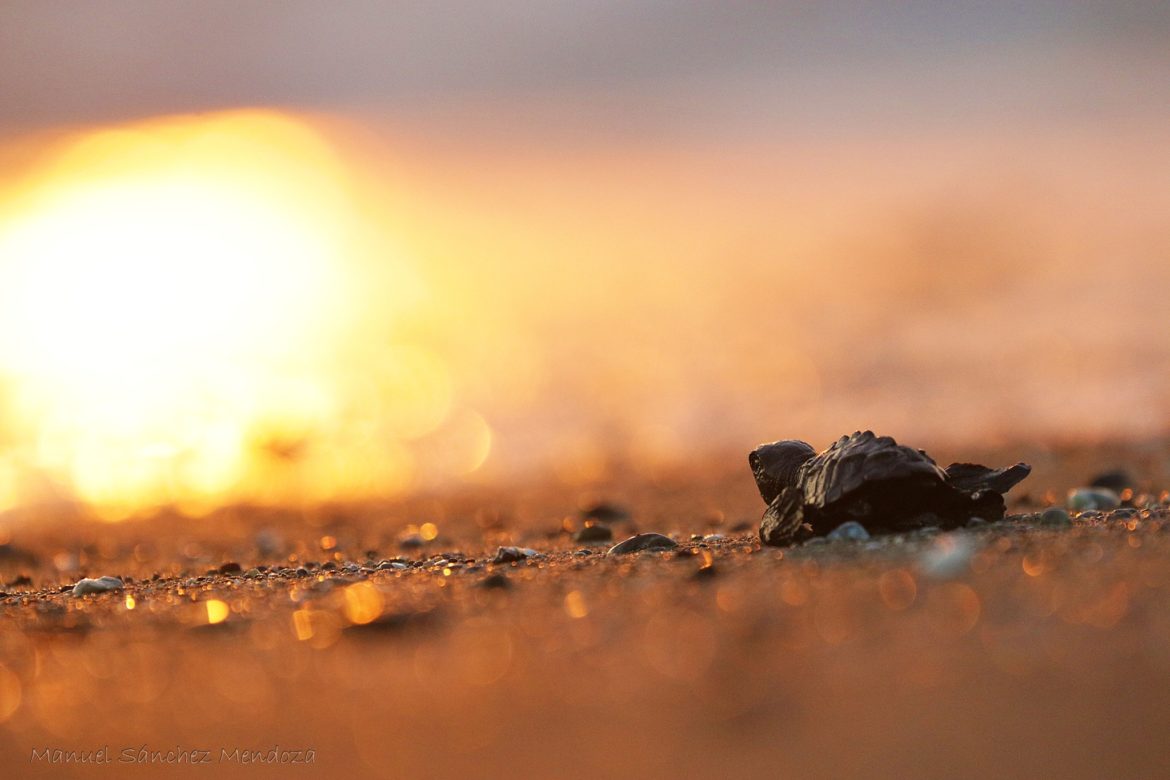
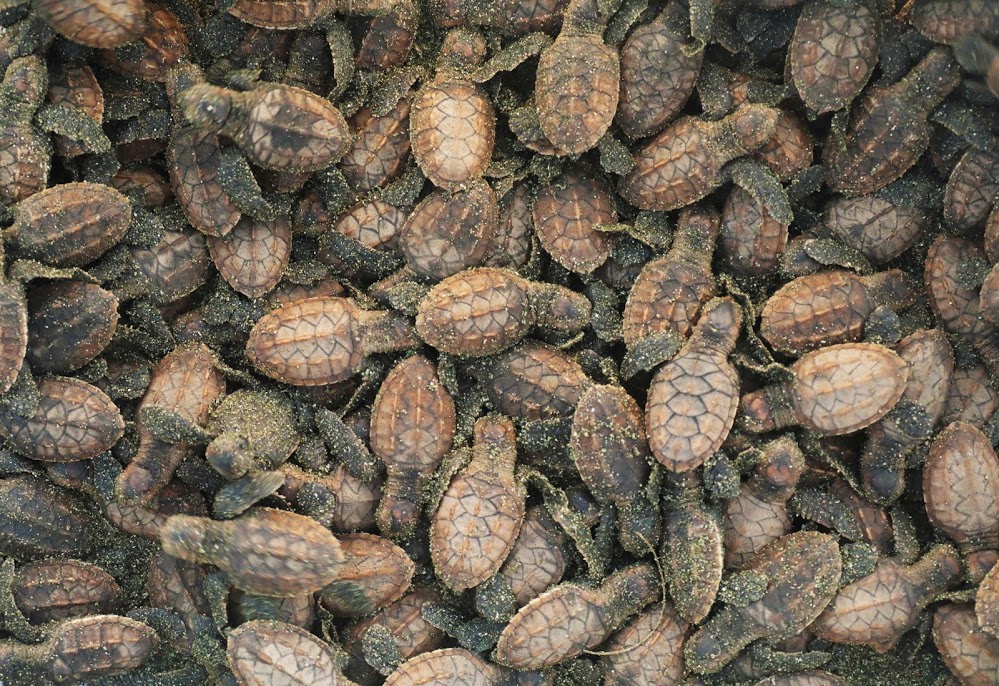
Share this post
Bring awareness to our projects and mission by sharing this post with your friends.


